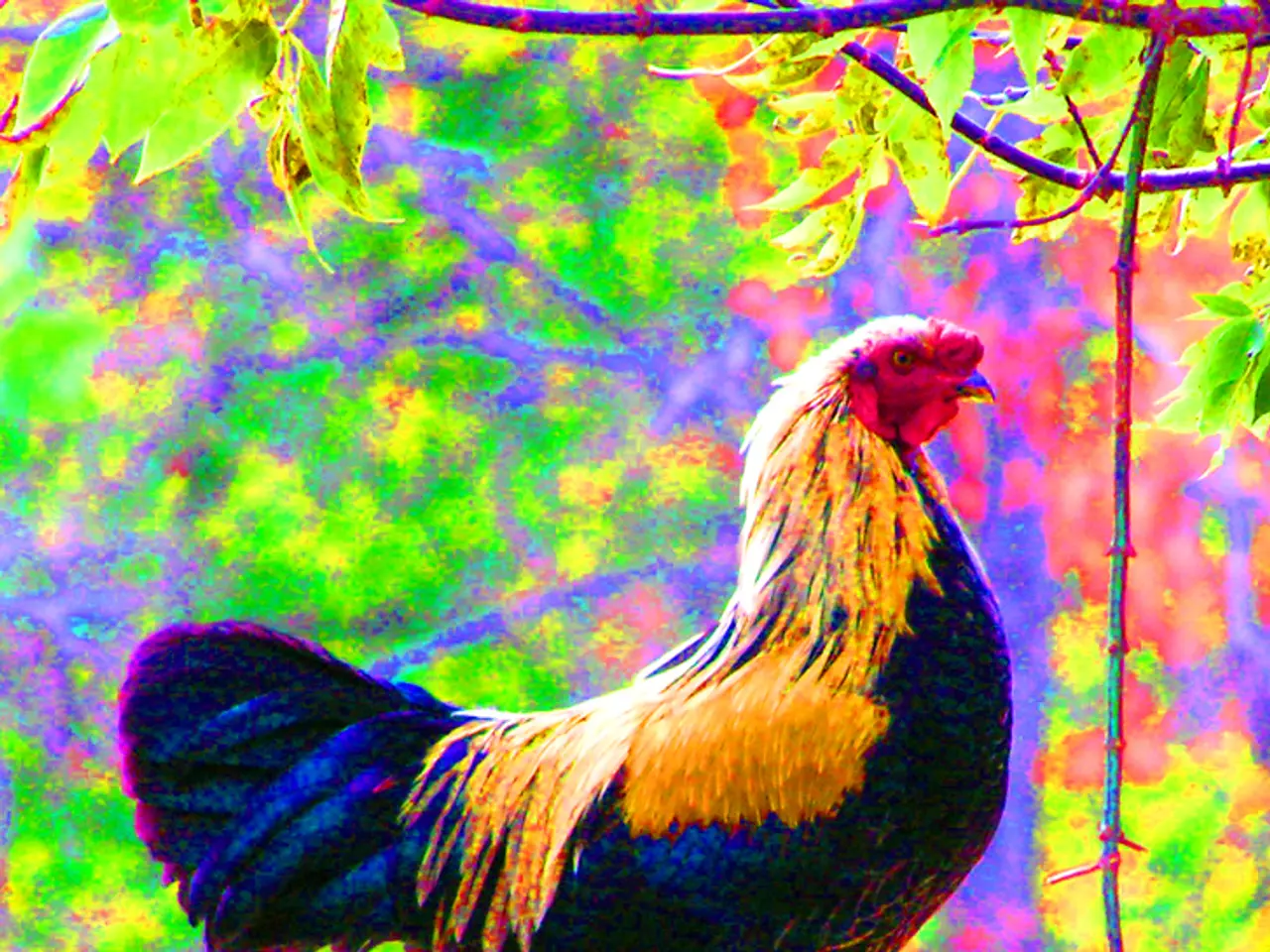Preventing Bonsai Destruction by Wildlife: Battling Pests and Creatures
In the world of bonsai cultivation, protecting these delicate and beautiful trees from common pests and animals is essential to maintaining their health and beauty. This article offers a comprehensive guide to identifying common threats, developing a care strategy, and employing physical barriers, natural deterrents, and repellents.
### Common Pests and Animals Threatening Bonsai
Bonsai trees are susceptible to various pests such as aphids, spider mites, thrips, mealybugs, and scale insects. These pests can cause discoloration, leaf drop, stunted growth, or even damage the roots of your bonsai. For instance, juniper bonsai, a popular species, may face infestations and suffer from environmental stressors if not properly cared for. Larger animals like birds, squirrels, or small mammals may also damage bonsai by nibbling or trampling.
### Developing a Care Strategy
Regular inspection is crucial for early detection of pests. Check the undersides of leaves, stems, and soil weekly. Keep your bonsai clean by wiping leaves or giving them a gentle shower to dislodge pests. Avoid drastic pruning on slow-growing bonsai species to prevent stress and vulnerability. If pruning is necessary, use healing paste on cuts to avoid infections. Repot young bonsai every two years, older ones less frequently, using natural material pots to maintain ideal moisture and reduce stress.
### Physical Barriers and Removal Techniques
Manual removal of pests can be effective for larger pests like adult scale or mealybugs. Hand-picking with fingers, tweezers, or cotton swabs dipped in rubbing alcohol can be used. Smaller pests like aphids and spider mites can be physically blasted off using a strong spray of water, paying attention to leaf undersides. Prune heavily infested sections and dispose of them away from other plants, never in compost. To protect from animals, physical barriers such as fine mesh covers or cages around the bonsai can help keep out birds or small mammals.
### Natural Deterrents and Repellents
Insecticidal soap sprays made from mild liquid soap and water can target soft-bodied insects. Ensuring good bonsai health through proper watering, light exposure, and avoiding over-fertilization also helps the tree resist pests naturally. Diluted rubbing alcohol sprays (1 part alcohol to 3 parts water) can be used cautiously to kill pests without damaging the plant. Always test on a small part first.
### Additional Protection Measures
Cage and netting systems offer a reliable solution to safeguard bonsai trees from larger, more agile pests and predators. Hot pepper sprays or powders containing capsaicin can be used to create an uninviting surface that deters pests from feeding or exploring on bonsai. Implement physical barriers like tree guards and sleeves to prevent gnawing and climbing pests.
For added protection, consider combining cage and netting systems with tree guards and sleeves, creating a multi-layered defense against animal damage. For larger mammals, remove attractants, use repellents, install motion-activated sprinklers, create a buffer zone with unpalatable plants, or use physical barriers like cages and netting systems.
### Conclusion
Protecting bonsai involves vigilant monitoring, physical removal of pests, maintaining plant health, and using gentle, targeted treatments such as insecticidal soaps and alcohol sprays. Employing physical barriers protects from larger animals, while careful cultural practices reduce stress and vulnerability to infestations. Pungent aromas from natural deterrents and repellents can be a potent defense against unwanted visitors, offering a non-toxic and environmentally friendly way to safeguard bonsai from animal damage.
gardening activities, such as regular inspection and careful pruning, are essential in maintaining the health and beauty of bonsai trees, as they can help detect pests early and reduce stress on the plants. To further protect bonsai from larger animals like birds and squirrels, home-and-garden solutions like fine mesh cages or covers can be employed as physical barriers.




